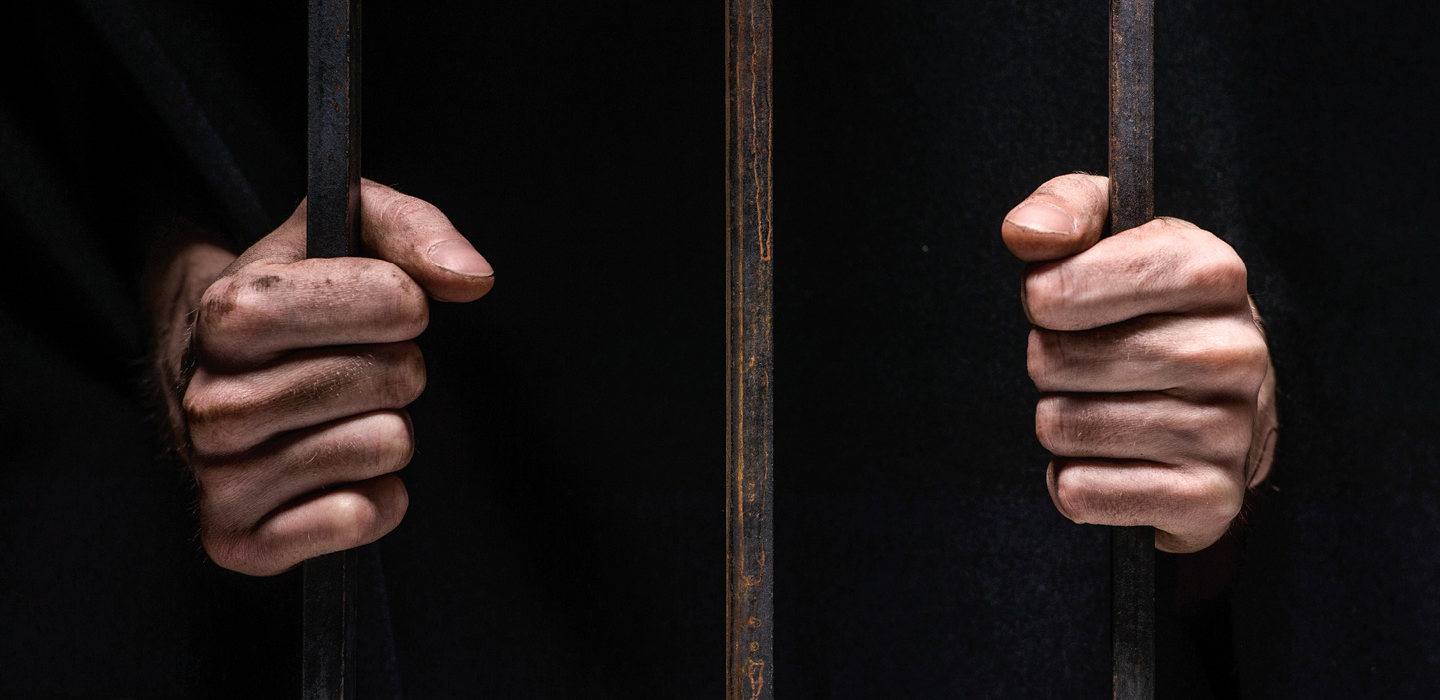When Maranda ODonnell, a 22-year-old single mother, was arrested in May 2016 in Houston, Texas, for driving with an expired license, the judge set her bail at $2,500. ODonnell, who was earning close to minimum wage as a waitress, couldn’t afford to pay, so she spent three days in jail. She missed time at work, and her mother had to care for her 4-year-old daughter.
The same day ODonnell was pulled over, 37-year-old David Dorsey was arrested by Houston police and charged with the more serious crime of
The contrast between ODonnell’s and Dorsey’s cases isn’t uncommon. On any given day, there are approximately 450,000 people being held in U.S. jails awaiting trial. Those who can afford to post bail are released, while poorer suspects often spend days, weeks, or months behind bars as their cases work their way through the courts.

